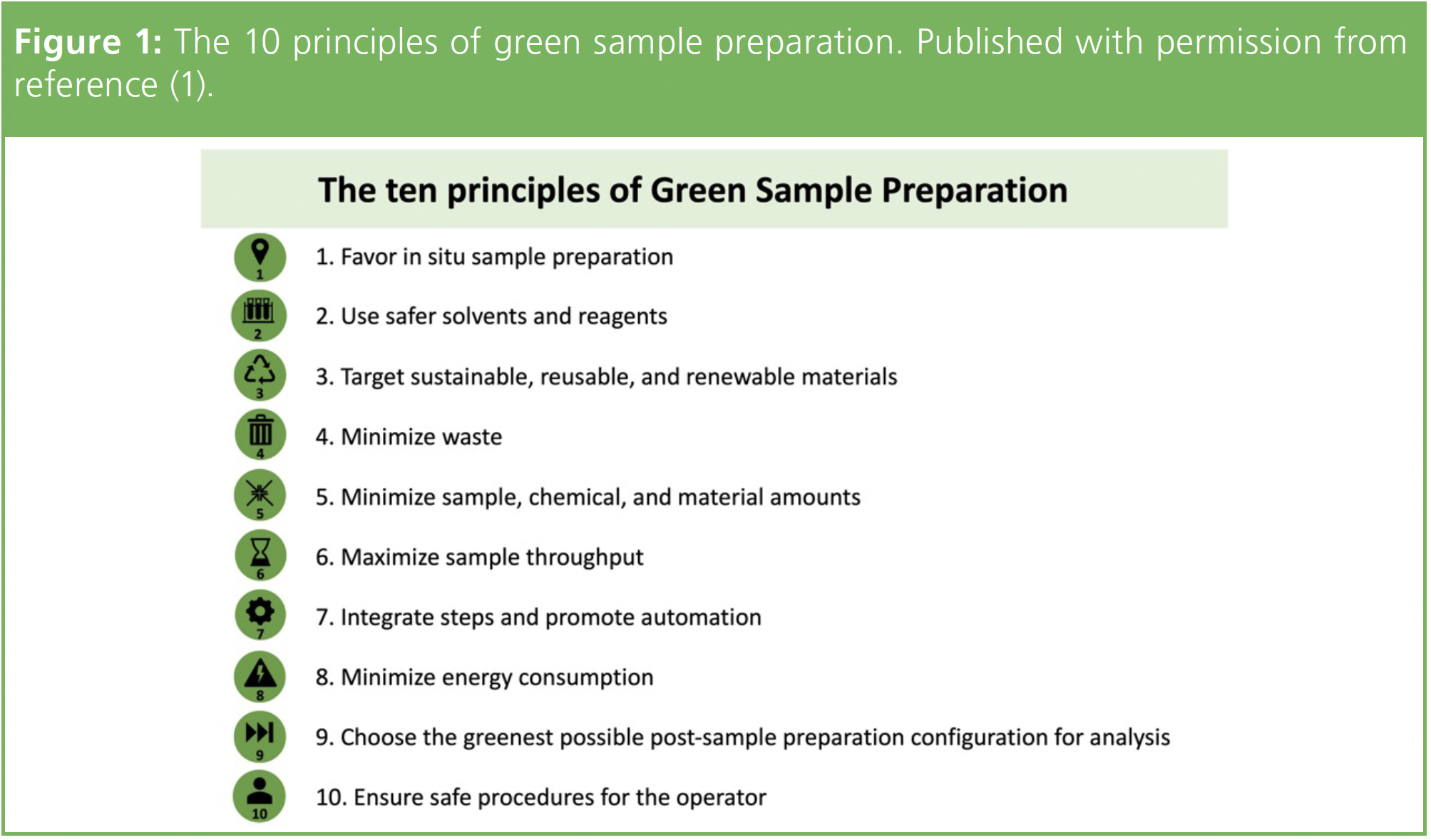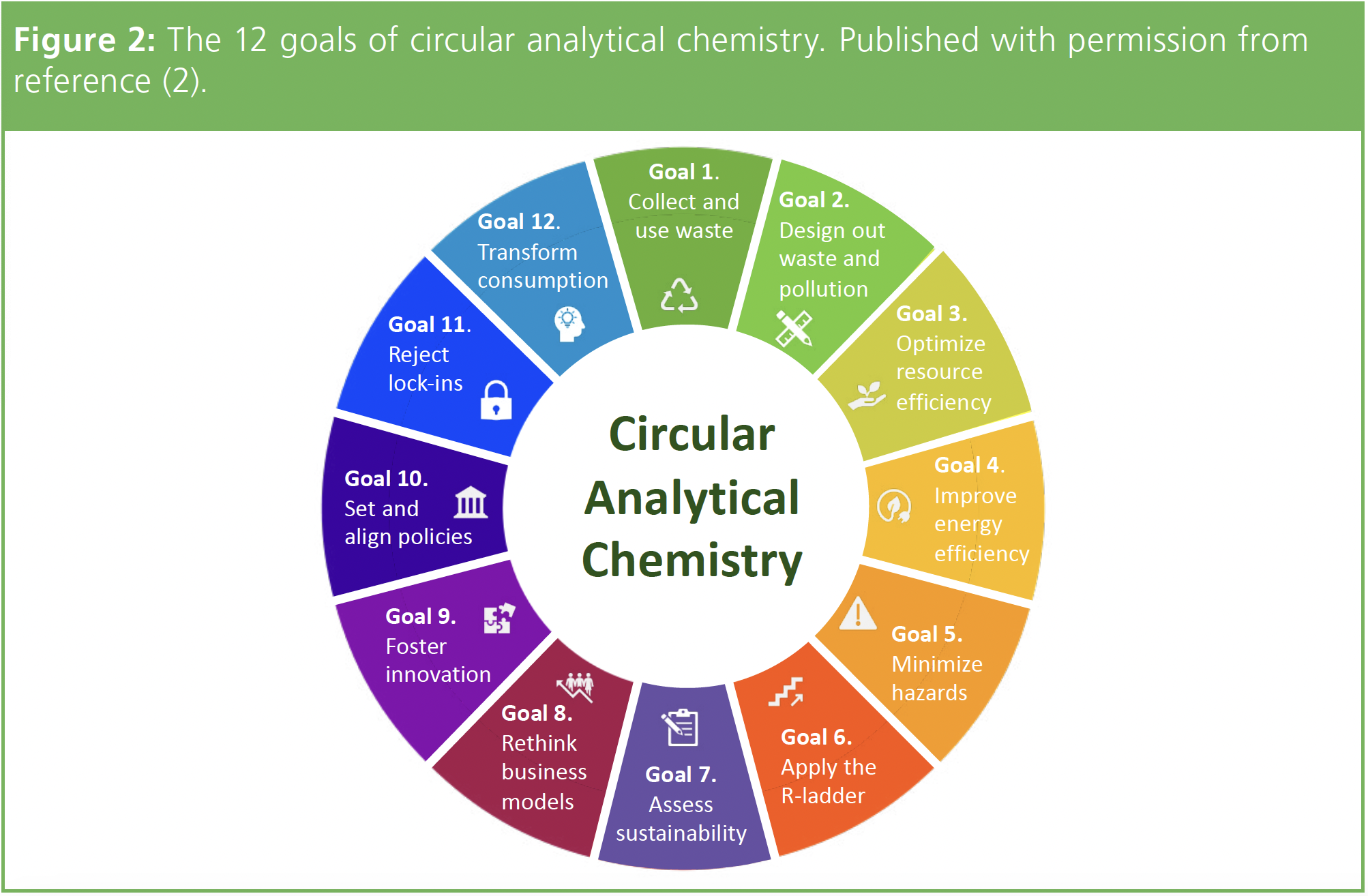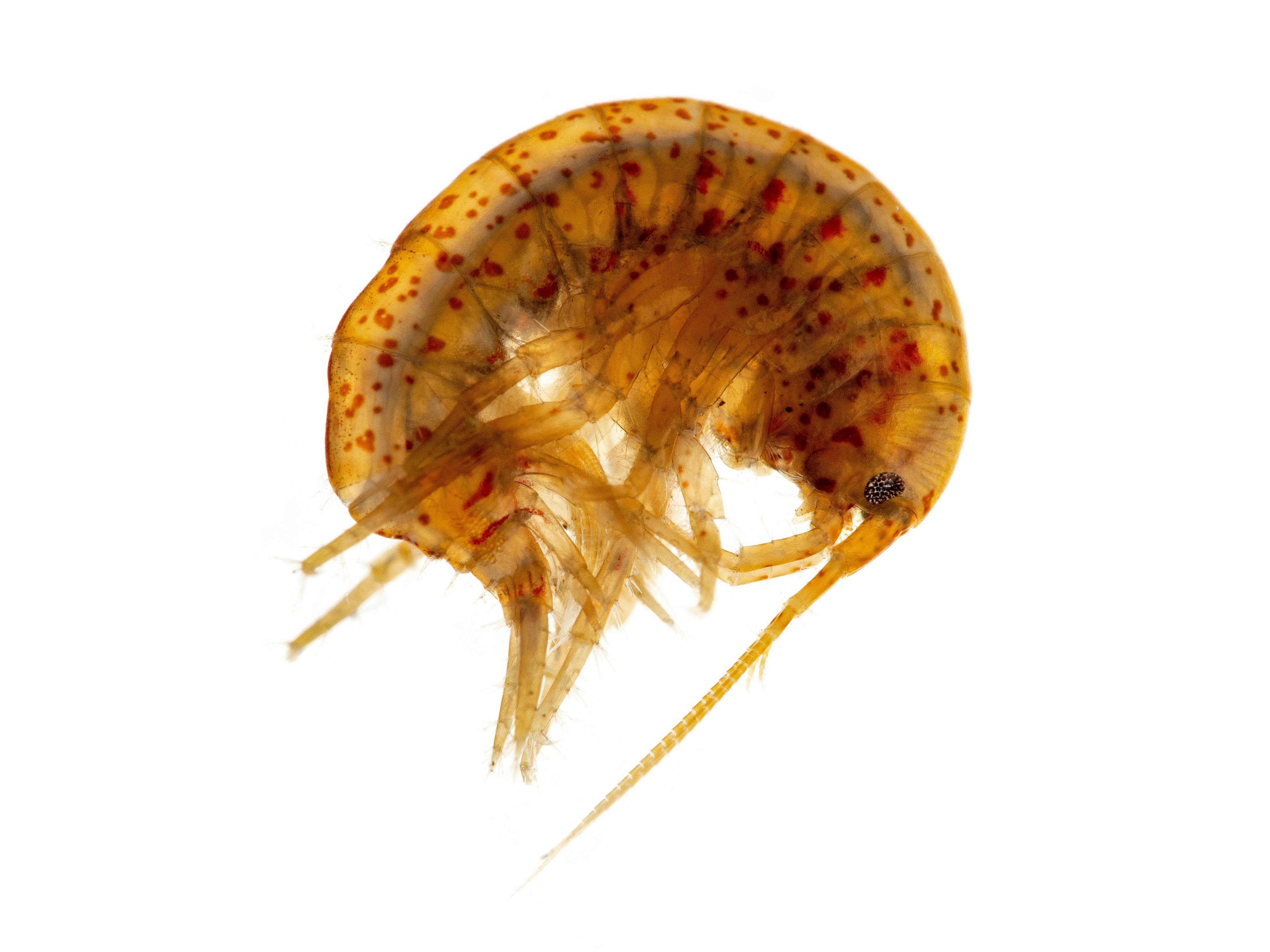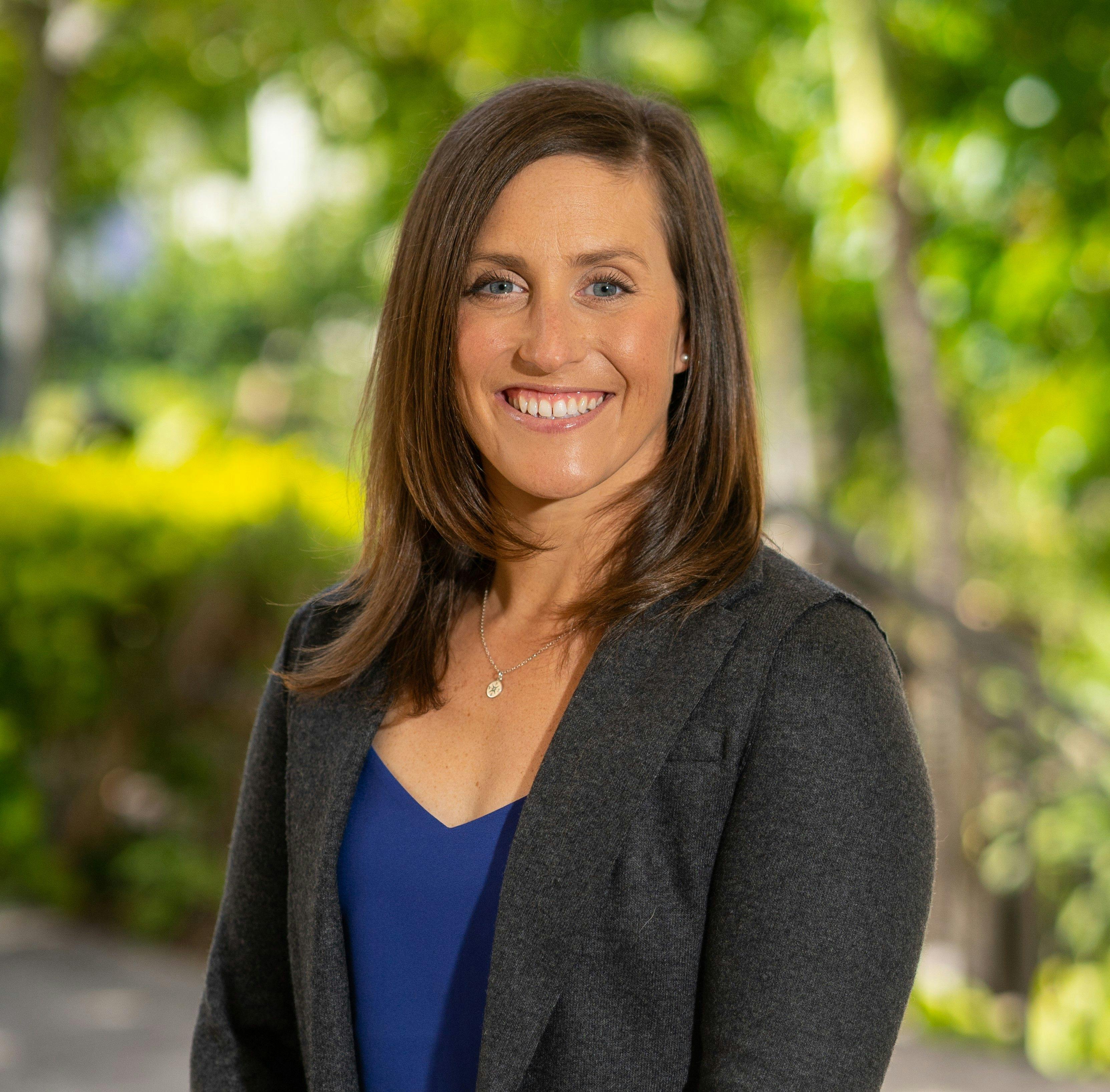Sustainability and Separation Science: An Update
Elia Psillakis from the Technical University of Crete, Greece, spoke to The Column about sustainability and separation science based on two highly cited papers she published on this topic focusing on the 10 principles of green sample preparation and an innovative green metric tool called AGREEprep. She also elaborated on the newly published goal-framework of circular analytical chemistry and its relation to sustainability.
Q: Two papers you published with collaborators were both “top cited” in high-level analytical chemistry journals. One focused on the concept of green sample preparation outlining 10 important principles, and the other focused on a green metric tool called AGREEprep (1,2). In the first paper you identify 10 green principles for sample preparation. Can you describe these briefly?
A: The 10 principles are built around the sample preparation step and connect it to the sampling and measurement steps (Figure 1). They encompass various aspects of the sample preparation procedure such as elimination of toxic solvents and reagents, reduction of energy and waste, miniaturization, automation, and operator’s safety. Additionally, the need for fast sample processing is introduced for the first time, alongside the use of sustainable, renewable, and reusable materials. The 10 principles of green sample preparation need to be understood not as a collection of individual and isolated principles, but rather as a cohesive system. Improvements made in one principle can synergistically help to reduce the deficiencies associated with other interconnected principles. However, aligning with one principle is not sufficient to achieve greenness, and pursuing all 10 principles might not be feasible.

The green sample preparation concept filled the gap created by green analytical chemistry, which proposes direct analytical techniques to avoid sample preparation. Its formulation in 10 principles and widespread adoption by analysts proved that greenness in analysis was never about what we need to stop doing, but was always about invention and the things we can do better.
Q: Can you describe the concept of the green metric tool AGREEprep and how it benefits analysts to practice?
A: The 10 principles of green sample preparation established a road map toward the development of overall greener analytical methodologies, but they could not measure the environmental impact of sample preparation methods. For this reason, we proposed a new metric tool, termed AGREEprep, which was the first reported metric dedicated to sample preparation. AGREEprep is based on 10 consecutive criteria of assessments that correspond to the 10 principles of green sample preparation. These 10 individual assessment steps take scores that are weighted and combined to yield the overall score. The assessment procedure is performed using an open access, intuitive software that produces an easy-to-read and color-coded pictogram with information on the total performance and structure of threats.
Compared to other published metrics, AGREEprep provides appropriate levels of accuracy and specificity for assessing the environmental impact of sample preparation methods, mainly because previously published metrics did not give sufficient attention to the sample preparation step. In addition to evaluating greenness, AGREEprep assessment can assist detecting the strong and weak aspects of methods, or even compare the general performance of more than one procedure. Green metrics are essential tools for any analyst and the only way to quantify the environmental impact of analytical methods.
Q: There have been several reports using sustainable solvents such as propylene carbonate, glycerol and dimethylcarbonate as solvents in liquid chromatography. Do you think we’ll start to see more of these being used in sample preparation? Might there be any issues with their use, such as availability?
A: The rise of “sustainable” and “green” solvents in sample preparation is already evident. These solvents offer advantages in terms of environmental and health benefits, yet for many of them, researchers and industry professionals still need to address issues such as sourcing, production scalability, and cost-effectiveness to allow for their widespread adoption in sample preparation. A bigger challenge for all these alternative solvents is to address the frequently limited data on their toxicity and the hazards involved. This is a crucial point, and thorough analysis of all stages of their life cycle is necessary before labelling them as green. An example on how things can go wrong is the case of ionic liquids, which were initially deemed safe due to their favourable physicochemical properties such as low volatility and flammability. However, recent research on their toxicity and biodegradability has revealed potential risks that were previously underestimated (3). Additionally, the synthesis of ionic liquids often involves hazardous solvents and organic reagents, posing risks to personnel (4).
Q: Can you describe some practical steps that chromatographers can follow to reduce their environmental impact more than they do at present?
A: Shifting laboratory consumption to more sustainable and less resource-intensive options is key in reducing the environmental impact of chromatography. Examples include, but are not limited to, opting to use less energy-intensive detection systems, greening the sample preparation step, avoiding single-use laboratory consumables, and replacing hazardous chemicals and solvents with less harmful alternatives. Simple actions like maintaining an up-to-date chemical inventory, careful ordering of chemicals, or preparing solutions only as required can also improve sustainability in analytical laboratories. It is also important to scale down the number and type of analyses to the minimum necessary, use chemometrics to obtain the required analytical information, or employ simple diagnostic tools to screen samples and then proceed with more specialized chromatographic analysis when positive or inconclusive results are obtained.
Adopting collaborative consumption models, like sharing equipment instead of permanent ownership, offers additional opportunities for chromatographers to reduce costs and overall material and product consumption. Finally, reconsidering the use of harmful official sample preparation standard methods and replacing them with new or existing alternatives that demonstrate their suitability for their intended use will greatly reduce the environmental impact of their analytical activities.
Q: What do you think the future directions of green sample preparation might be?
A: Future trends in green sample preparation will continue to focus on safer materials and chemicals, automation, and miniaturization. In the latter, the ultimate target will be “dematerialization”, achieved through a significant reduction in the amount of physical materials and resources required to produce sample preparation products and services. In the near future, we should also expect breakthroughs in low-cost, robust and networked sensors for remote all-in-one sampling, sample preparation and analysis. This foreseen rise in remote analysis could also lead to a much discussed fusion with big data and AI, creating miraculous benefits.
Undoubtedly, the formulation of green sample preparation caused people to think differently. Efforts in the area are now more coordinated and aim for real progress in the field.
I believe that in the future, the term “green sample preparation” will fade away, because it will simply become the standard way of conducting sample preparation. Education will be key in achieving this and should be one of our future targets. No student graduating from analytical chemistry should lack fundamental knowledge about how to use sample preparation tools to avoid adverse consequences.
Q: In another paper that just appeared in the literature you highlighted the 12 goals of circular analytical chemistry (5). Can you define circular analytical chemistry and how it relates to sustainability?
A: The new concept of circular analytical chemistry refers to the application of circular economy principles within the analytical chemistry sector and is defined as “an analytical chemistry system that aims at eliminating waste, circulating products and materials, minimizing hazards, and saving resources and the environment” (Figure 2). Circular analytical chemistry strives to keep materials in circulation for as long as possible and sets 12 goals that represent our commitment to shifting toward a closed-loop, resource-efficient and waste-free analytical chemistry sector.

This goal-setting framework goes beyond the green aspects of analytical methods and targets the radical transformation of the entire analytical chemistry system of production, consumption, and waste. Efficient use of energy, materials, and assets through the agenda of circular analytical chemistry is crucial for analytical chemistry to lead the way towards sustainability. This is indeed a step closer in achieving sustainability, and the newly introduced framework shares numerous elements with the concept of sustainable chemistry as defined by the United States National Science and Technology Council, as presented in August of 2023.
Q: What are the obstacles for transitioning to circular analytical chemistry?
A: Currently, there seems to be a lack of directionality in analytical chemistry, leading to unsustainable pressures on the environment. The strong focus on functionality and technological improvement for analytical products overlooks the need for more efficient resource consumption. For example, waste frequently originates from design choices in products that prioritize function and performance without considering the end-of-life stage.
This design flaw requires a rethinking of priorities by incorporating sustainability factors that prevent waste and pollution creation, whilst decoupling superior analytical performance from resource consumption rates. Next to the directionality malfunction, the analytical chemistry sector also faces coordination failures between stakeholders. This is an important obstacle to any circular transition, that typically requires optimal university–industry–government collaboration. For example, processes like recycling demand higher levels of cooperation among stakeholders compared to a linear chain. The successful and global implementation of circular analytical chemistry assumes the contribution of all stakeholders: users of analytical chemistry products, enterprises of all sizes, governments, organizations and most importantly, well-educated analytical chemists who can develop inspiring ideas to meet the challenges of the future.
Circular analytical chemistry provides a roadmap to move away from the prevalent linear “take–make–consume and dispose” mindset in the analytical chemistry sector and transitions to alternative models that prioritize circularity. This represents a timely opportunity and a necessary paradigm shift for the sector to support global actions towards sustainable development.
References
(1) López-Lorente, Á. I.; Pena-Pereira, F.; Pedersen- Bjergaard, S.; Zuin, V. G.; Ozkan, S. A.; Psillakis, E. The Ten Principles of Green Sample Preparation. TrAC, Trends Anal. Chem. 2022, 148, 116530. DOI: 10.1016/j.trac.2022.116530
(2) Wojnowski, W.; Tobiszewski, M.; Pena-Pereira, F.; Psillakis, E. AGREEprep – Analytical Greenness Metric for Sample Preparation. TrAC, Trends Anal. Chem. 2022, 149, 116553. DOI: 10.1016/j.trac.2022.116553
(3) Magina, S.; Barros-Timmons, A.; Ventura, S. P. M.; Evtuguin, D. V. Evaluating the Hazardous Impact of Ionic Liquids – Challenges and Opportunities. J. Hazard. Mater. 2021, 412, 125215. DOI: 10.1016/j.jhazmat.2021.125215
(4) Jessop, P. G. Searching for Green Solvents. Green Chem. 2011, 13 (6), 1391–1398. DOI: 10.1039/C0GC00797H
(5) Psillakis, E.; Pena-Pereira, F. The Twelve Goals of Circular Analytical Chemistry. TrAC, Trends Anal. Chem. 2024, 175, 117686. DOI: 10.1016/j.trac.2024.117686
Elefteria (Elia) Psillakis is a Professor in Water Chemistry at the School of Chemical and Environmental Engineering, Technical University of Crete, Greece. She is Head of the Sample Preparation Network of the EuChemS-Division of Analytical Chemistry, Editor-in-Chief of “Advances in Sample Preparation” (Elsevier), and the Founder and Director of ExtraTECH Analytical Solutions, a spin-off company of the Technical University of Crete. From 2014–2016, she was the Vice Rector of Academic Affairs and Research at the Technical University of Crete. E-mail: epsillakis@tuc.gr


New Method Explored for the Detection of CECs in Crops Irrigated with Contaminated Water
April 30th 2025This new study presents a validated QuEChERS–LC-MS/MS method for detecting eight persistent, mobile, and toxic substances in escarole, tomatoes, and tomato leaves irrigated with contaminated water.
University of Tasmania Researchers Explore Haloacetic Acid Determiniation in Water with capLC–MS
April 29th 2025Haloacetic acid detection has become important when analyzing drinking and swimming pool water. University of Tasmania researchers have begun applying capillary liquid chromatography as a means of detecting these substances.

.png&w=3840&q=75)

.png&w=3840&q=75)



.png&w=3840&q=75)



.png&w=3840&q=75)














